Storm season is upon us, which means that people all over the country are preparing their homes for hurricanes, tornadoes, floods, and more.
For many people, this means getting a "go-bag" ready, keeping your car stocked, and preparing just in case local authorities recommend evacuation.
If you're in an area that requires evacuation a lot, you probably know exactly how to get yourself ready to go — but do you know how to prepare for evacuating with your pets?
Evacuating with pets is more complicated than just tossing them in the car and getting out of town.
Of course, taking your pet with you is the most important thing to do if a storm is imminent, but there are plenty of other things to do ahead of time if you think you might need to evacuate your home.
Evacuating can be overwhelming — both for people and for pets — so make the process as easy and painless as possible by following the tips below!
Thumbnail Photo: Wikimedia / JohnnyMrNinja
Pet Evacuation #1: ID Your Pet
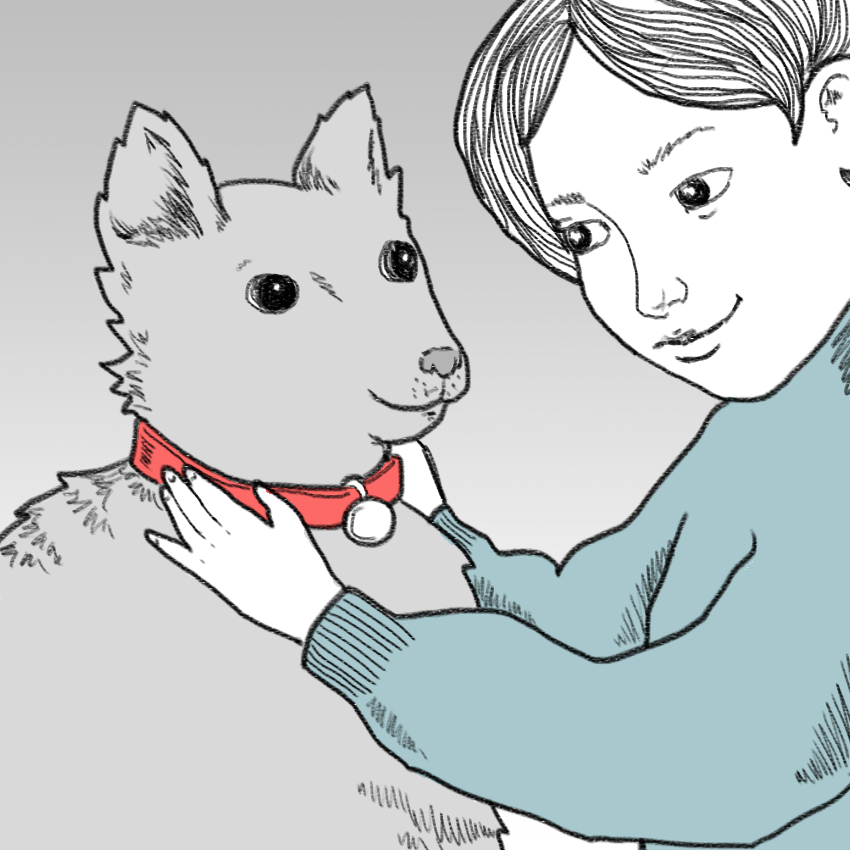
The CDC explains that because disasters can occur without warning, you should always be prepared.
One of the most important things you can do is make sure that your pets' collars and tags are up-to-date.
Their tags should have your current contact information, just in case you get separated from your fur babies.
Additionally, you should microchip your pet — this is the best way to guarantee you'll be reunited with your pets if they get lost.
Pet Evacuation #2: Snap A Current Photo
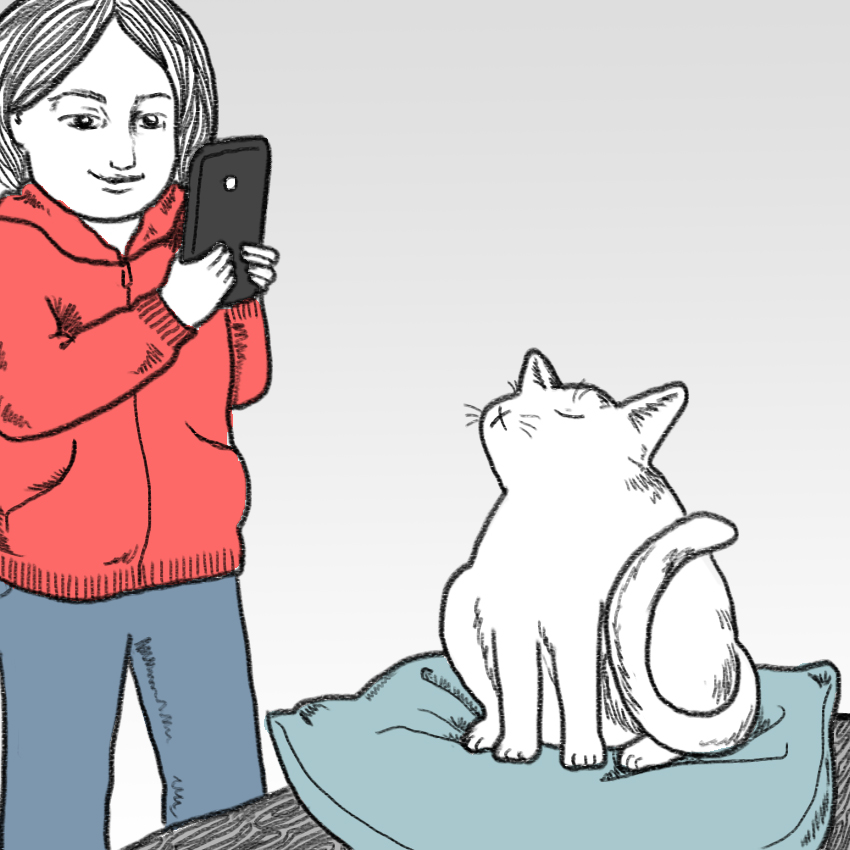
According to Ready.Gov, you should always have a current photo of your pet in order to identify them if necessary.
This won't be a problem for most pet owners (as we take photos of our pets nonstop), but make sure you have one that doesn't just capture how gosh darn cute they are, but also shows their defining features.
Pet Evacuation #3: Secure Your Pet
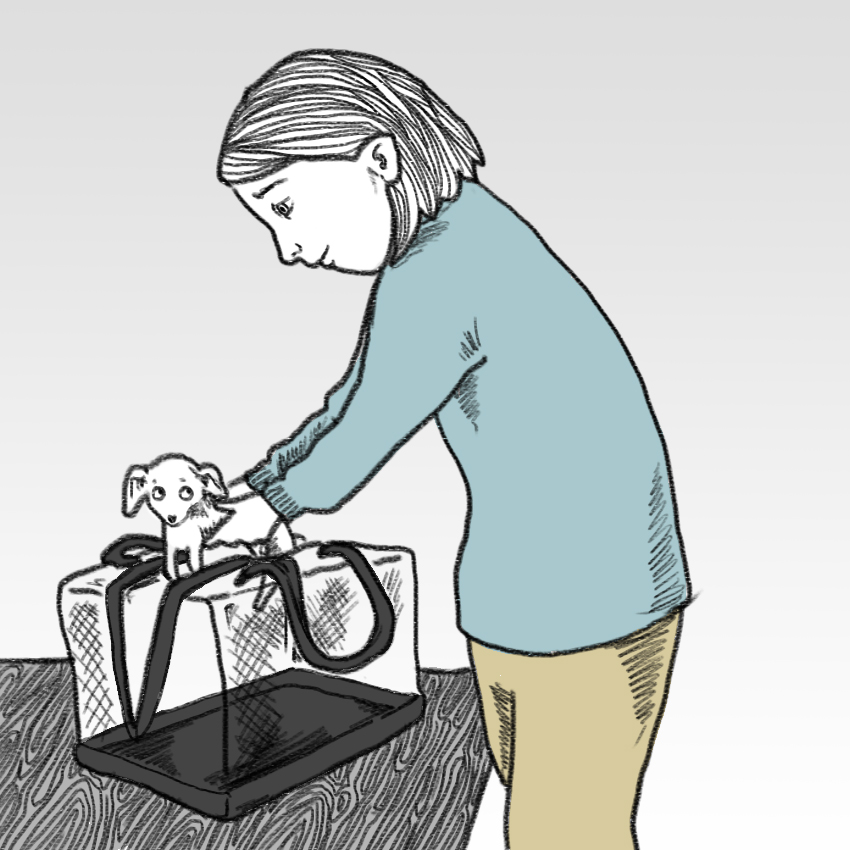
Before an emergency, purchase a pet carrier for each of your fur babies — then write your name and contact information, along with your pets' names, on the carriers.
When you purchase the carrier, get your pet familiar with it, and practice transporting them in the carrier before an emergency. This will make them more comfortable with being inside the carrier during an evacuation situation.
You should also make sure you have extra leashes and harnesses to keep them safe while they're outside.
Pet Evacuation #4: Identify Shelters

Not all shelters set up for humans are able to take pets, so if you plan to stay at a shelter when you evacuate, make sure you find one that is okay with pets.
The same goes for hotels — if you are going to stay in a hotel or motel during evacuation, find one that allows pets to stay as well.
Ready.Gov explains that although it should be a last resort, some animal shelters will provide temporary housing/foster care for pets that cannot be with their humans during times of evacuation.
Pet Evacuation #5: Coordinate A Backup Plan

No matter what you are planning on doing with your pet when you evacuate — boarding them, leaving them at a shelter, or taking them with you — make sure you have a backup plan.
Talk to your friends, family, and neighbors about what they're doing with their pets, and see if you can help one another out with evacuation.
In case of emergency situations, you may not be able to get home before evacuating — the ASPCA recommends having designated caregivers (who hopefully live nearby) who are comfortable with your pets and willing to care for them in a time of need.
Pet Evacuation #6: Separate Dogs And Cats

Ready.Gov explains that pets can sense when something is wrong, and it may cause them serious stress and anxiety.
Even if your dogs and cats are normally fine together, the stress of the situation may cause them to act irrationally, especially if they are in confined spaces.
For this reason, separate your cats, dogs, and other pets when you're evacuating (or anytime during an emergency situation).
Ideally, every animal should go in a separate crate or carrier until you can get them to a calm, safe place.
Pet Evacuation #7: Prepare A Pet Emergency Kit
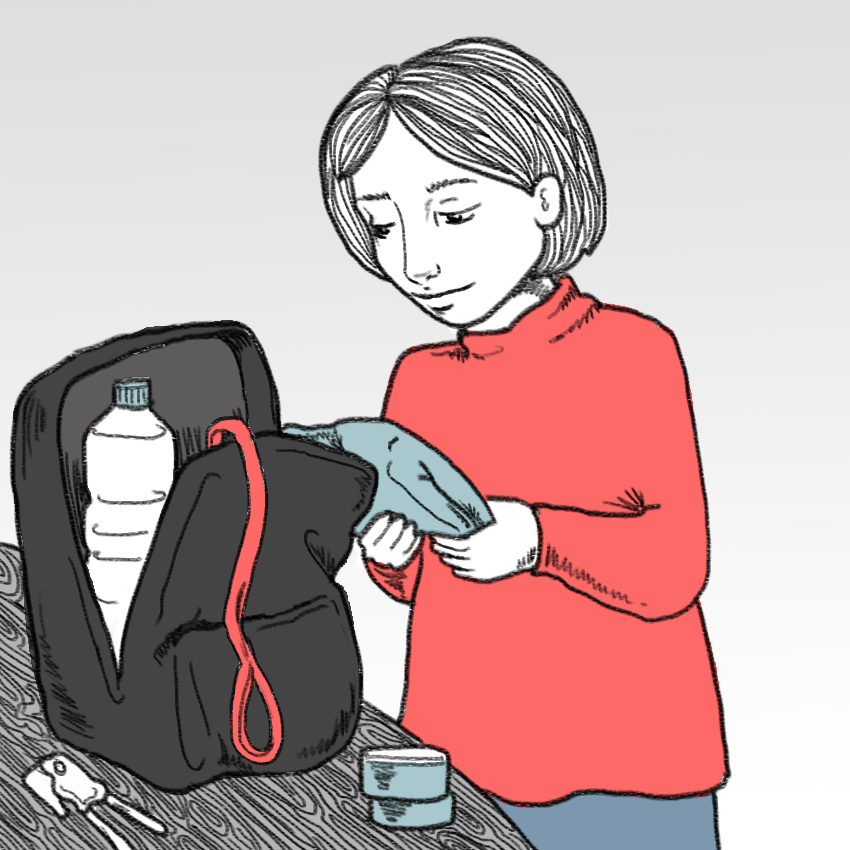
Many people have human emergency kits and "go bags" with necessary items, but it's important to have them for pets as well.
Pet emergency kits should include enough food and water for two weeks, food and water bowls, medical records and any medications, poop bags, kitty litter, and other clean-up items, and any comfort items your pet might need (like a bed, blanket, or toy).
Pet Evacuation #8: Get A Rescue Alert Sticker
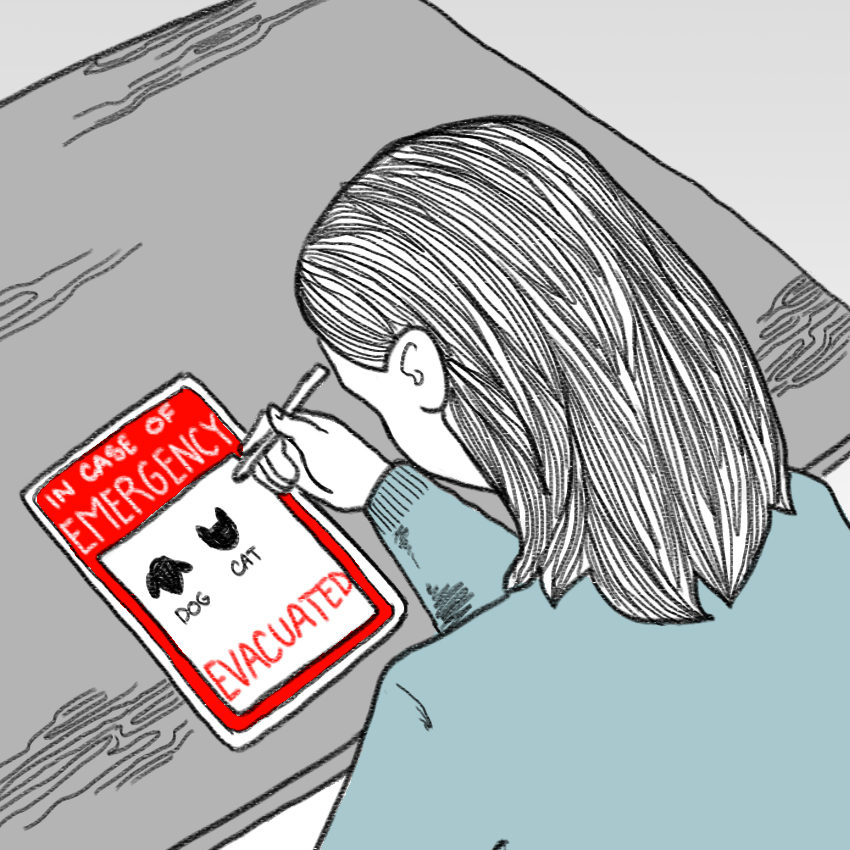
The ASPCA recommends that everyone have a rescue alert sticker near the front door of the house in case of any emergency. The sticker should include information on any pets that live in the house.
A rescue alert sticker can help in case there's ever a fire or floor at your house so that first responders know to save your pets, but it can also be helpful during an evacuation situation.
If you have a rescue alert sticker and you evacuate your home, write "EVACUATED" on the sticker so that rescue workers know they don't need to search your house for pets.
Please SHARE this article with your friends and family so they know how to care for their pets during an evacuation!




